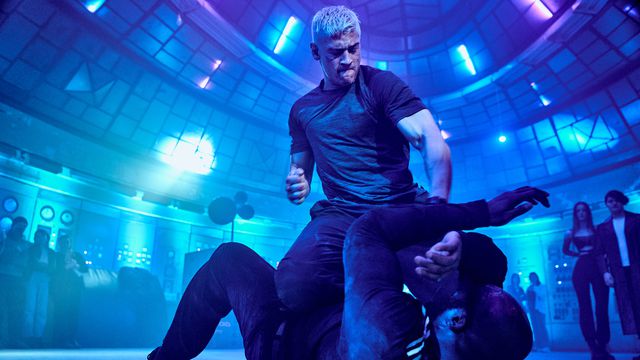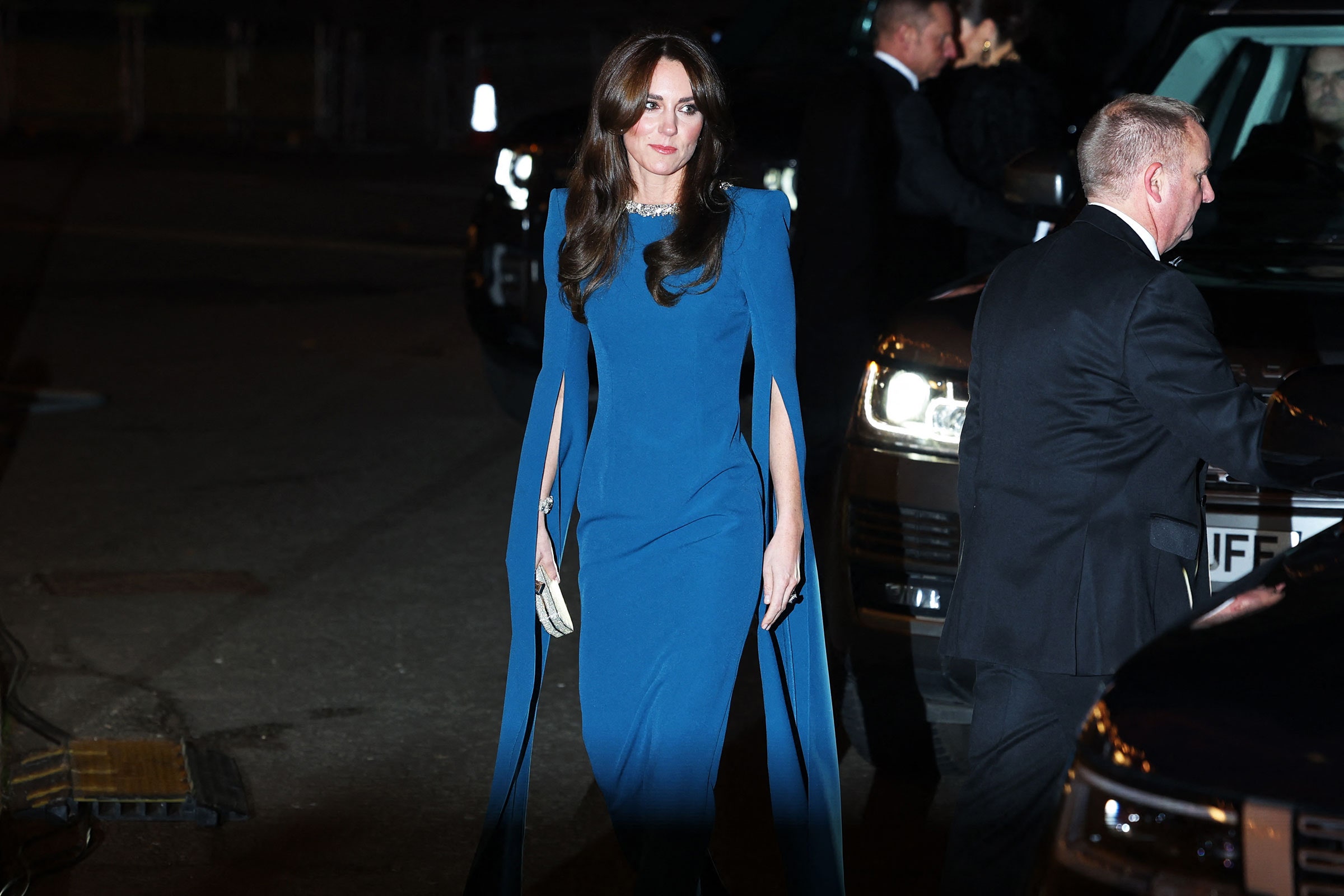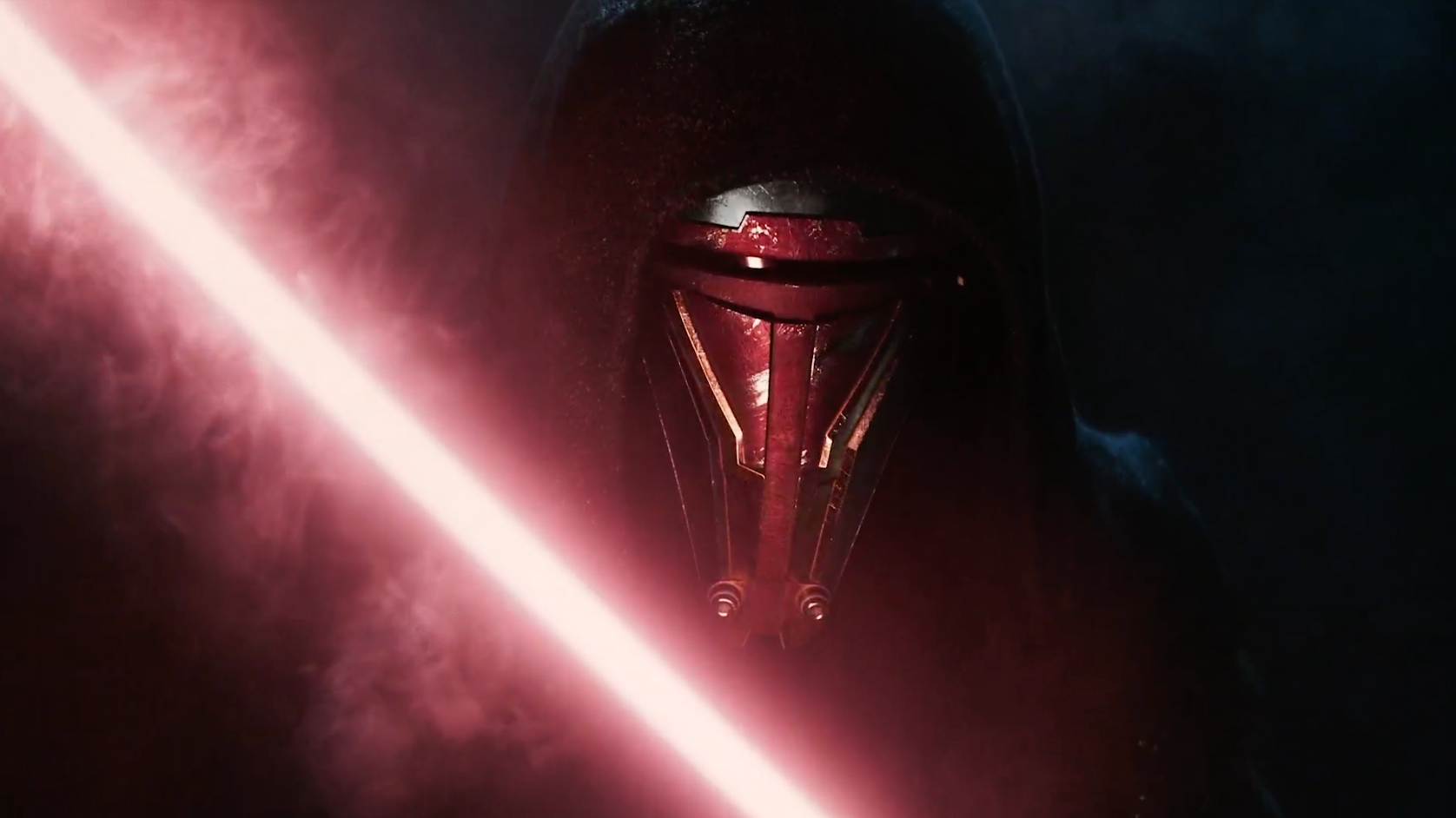Tombstone was in trouble.
That may seem difficult to believe 30 years after its release on December 25, 1993 –– long after being acknowledged as a modern classic of the Western genre –– but in the summer of 1993, a third of the way through an arduous three-month shoot, the only thing on the horizon appeared to be desolation and strife.
Director Kevin Jarre had come up with the idea of a film exploring the life of legendary gunslinger Wyatt Earp and his exploits in the Arizona boomtown of Tombstone during the 1880s. Jarre was given the job of directing his script and assembled an ensemble for the ages to fill out the cast. However, the logistics of helming a production of this scope proved too much for the first-timer, leading to his dismissal one month into shooting.
Usually, that would be right about where the story of Tombstone ends: A would-be epic overtaken by studio politics, quickly coming and going from theaters and out of the public consciousness. But for Tombstone, remarkably, that's precisely where its legend began. The film would overcome stacked odds and creative turmoil to eventually find acknowledgment as one of the greatest Westerns of all time.
Tombstone Origins and a Tale of Two Earps
The Gunfight at the O.K. Corral lasted for roughly 30 seconds but retains a primal, prominent place in American history for many reasons, not least for all the lingering questions about who started it and whether things should have happened the way they did. As such, it’s proved irresistible for filmmakers to revisit and interpret practically since the inception of the celluloid medium.
Kevin Jarre was no different. A longtime history buff who had written the screenplay for Glory four years earlier, Tombstone was a dream project for the writer. He'd initially approached Kevin Costner –– riding high in the industry after his Dances With Wolves/Robin Hood: Prince of Thieves/JFK box office trifecta –– to occupy the lead role, but the in-demand actor turned it down in favor of his own Earp opus (more on that later).
Nonetheless, where Costner demurred, plenty of others were won over by Jarre's epic approach to the subject. More than just depicting a historical event, the writer wanted to peel back the myth of Earp and show the man underneath the legend. That promise was tantalizing enough to get Kurt Russell onboard (the actor was already a fan of Wyatt, having named his son after the lawman in 1986).
The story of Wyatt Earp and the Gunfight at the O.K. Corral had been the subject of several screen adaptations in the decades since Earp's 1929 death, but there was a renewed interest in Westerns of late, with Dances With Wolves winning Best Picture in 1990 followed by Clint Eastwood's introspective, elegiac Unforgiven winning Best Picture of '92. The time was right for a new Wyatt Earp with a modern sensibility. Maybe even two.
Here's where Kevin Costner re-enters the picture. Initially envisioned as a premium cable miniseries, Costner's Earp biopic morphed into a three-hour feature after writer-director Lawrence Kasdan boarded. And while Tombstone was further along in the pipeline thanks to the involvement of production company Cinergi, it had yet to set a distributor.
Once Costner made noises about his own Wyatt Earp movie, other studios began to beg off lest they draw the Oscar winner's ire (keep in mind, this all happened during a very narrow pre-Waterworld window when Costner commanded such clout).
Disney's Hollywood Pictures was the only studio willing to release Tombstone, which meant the filmmakers had to lose Willem Dafoe, their first choice to play Earp's longtime friend Doc Holliday. Dafoe had yet to be approached, but Disney was recalcitrant about having The Last Temptation of Christ star in a prominent role for their big Christmas release. The producers, realizing it was Hollywood Pictures or nobody, agreed.
And thus, out of sheer necessity, they had to go with their second choice for Holliday: Val Kilmer.
From Russell to Kilmer to Heston… and Beyond
Val Kilmer was a familiar if mercurial onscreen presence by this point. He'd made strong marks throughout the '80s in such wildly diverse offerings as Top Secret!, Top Gun, and Willow. He garnered acclaim for portraying Jim Morrison in Oliver Stone's 1991 biopic The Doors, but still needed to find a truly signature role. Luckily for him (and us), it had just arrived.
The rest of the cast quickly fell into place. Sam Elliott and Bill Paxton signed on as Wyatt's brothers Virgil and Morgan (the other two Earp brothers, James and Warren, were left out of this telling). Michael Biehn, Powers Boothe, and Stephen Lang joined the cast as primary antagonists Johnny Ringo, Curly Bill Brocius, and Ike Clanton, with Dana Delany playing Earp's love interest, Josephine Marcus.
With up-and-comers like Jason Priestley, Billy Zane, and Thomas Haden Church credited alongside genuine screen legends Charlton Heston and Robert Mitchum (who served as narrator), Tombstone remains a fascinating time capsule.
Production began in May of 1993, but it soon ran aground as Jarre became overwhelmed with the project's sheer scale.
The director was determined to render every shot with exacting precision, eschewing close-ups for master shots in the vein of John Ford, and requiring take after take as he gave actors precise line readings to match what he saw in his head when he wrote it. But as this stretched on, the available shooting days dwindled even as the pages needing to be filmed didn’t. More importantly, with Costner and Kasdan’s Wyatt Earp slotted into a June 1994 release by Warner Bros., the only thing Tombstone had working in its favor was a six-month headstart that they couldn't allow to slip.
With the cast, crew, and money people growing more and more concerned at the slow pace and increasing on-set frustration, the intractable Jarre was finally removed by executive producer and Cinergi honcho Andrew Vajna from a film he'd nurtured from conception. It was an embarrassing exit that might have been the final, ignominious tombstone for Tombstone.
But Russell, passionate about the part and determined to see it through, rode to the rescue in a manner not unlike Earp himself, rallying the cast to soldier on, while trimming the script and working with newly installed director George P. Cosmatos (Rambo: First Blood Part II –– which featured a story by, wait for it, Kevin Jarre) to ensure Tombstone finished strongly and met its release date.
It did, and it did.
Rewriting, Reshaping and Release
Tombstone depicts a specific moment in Wyatt Earp’s life. His journey to Tombstone, AZ, along with his brothers, their rivalry with the outlaw gang known as The Cowboys, the famous gunfight and its aftermath, including Earp’s “vendetta ride” after the death of his brother. This was always the focus of the project, but the version that hit theaters differed vastly from what the cast had initially signed on for.
Although he retained a solo writing credit, Jarre’s expansive, introspective character drama (Russell has referred to it as a “Western Godfather”) was replaced by something leaner and more propulsive. The character beats are there, but it's apparent many of the cast members (Elliott and Paxton, Biehn and Booth) had their roles trimmed in favor of a more narrow focus on the Wyatt-Doc partnership.
The love story between Earp and Marcus is another casualty (though Delany and Russell have an easy chemistry that helps paper over some of those gaps). Yet it's also undeniable that the various actors make a sizable mark even with substantially reduced screen time. (Also helping is Bruce Boughton's lush and vibrant music score, effortlessly gliding between action motifs and more intimate cues.)
After all the stress and turmoil of the past summer, Tombstone was complete. More surprising still, it was good. Considering how dire things seemed a few short months earlier, the creatives had managed to pull off their own Christmas miracle. But when Tombstone finally rolled out, it did so quietly. Critics were mixed, and it debuted in third place over its opening weekend.
Still, even though Tombstone never hit the top spot at the box office, audiences were generally positive about it, and it earned $56 million domestically against a $25 million budget. By contrast, the Kasdan-Costner Wyatt Earp ended up with about the same total the following year but was saddled with worse reviews and a big (for 1994) $63 million budget.
Also working in Tombstone's favor was the fact that it had become a true word-of-mouth sensation by the time it hit home video, swiftly finding an eager audience ready to quote and re-quote every delicious one-liner uttered by Russell ("Your friends might get me in a rush, but not before I make your head into a canoe”) and especially Kilmer ("I have two guns, one for each of ya").
It was the elevation of Kilmer's Holliday –– a crack shot southern dandy suffering from tuberculosis who Kilmer plays to the absolute hilt –– that served as one of the most far-sighted decisions by Russell in his role as de facto director following Jarre's dismissal (per the actor, although Cosmatos was the one stationed behind the camera, it was Russell himself who set the shot lists and edited the script).
Knowing that a significant, showy role for Kilmer would benefit both of their performances, Russell reduced his dialogue in favor of serving as a sounding board for Kilmer. The result foregrounds the relationship between these two vastly different men (and introduces "I'm Your Huckleberry" into the lexicon of all-time great cinematic rejoinders). It also allows for some terrific dialogue sequences that offer the simple pleasure of watching two actors at the top of their form playing off one another.
The friendship between Wyatt and Doc is very much the emotional throughline of Tombstone. It's unclear how much of that was the focus of Kevin Jarre's original script, but it was considered the best approach to taming the writer's epic-length version into something more releasable and, just as essential, more commercial.
That said, while Doc Holliday became instantly iconic, Russell was correct that elevating Kilmer would also help him. The taciturn Earp has a backstory that's only ever alluded to, but those allusions are enough to give a sense of the man, with Russell's expressive eyes doing much of the work. The actor still manages to emote powerfully when called on, however, expressing both grief and rage in memorable moments. In a 60-year career overflowing with memorable performances, Wyatt Earp is in Kurt Russell's top tier.
The Legacy of Tombstone, 30 Years Later
Tombstone shouldn't have worked. The fact that it succeeded not only at the time but with the passage of time by winning over critics is a remarkable testament to the strength of Kevin Jarre's initial vision, the strong cast he pulled together, and the desire of all involved to put their best foot forward even after the loss of the original director. While the Western resurgence of the early ’90s eventually faded away, Tombstone's warm glow has not only persisted but thrived.
As a depiction of actual events, it’s a mixture of fact, fancy, and outright fabrication (the moving scene near the end as Wyatt bids Doc farewell never happened, for just one example), so let us not treat it as a historical document. Nonetheless, it evokes the Earp story with far more complexity than most Westerns from the genre's heyday. Also, as comparisons go, with its focus on a specific period of Earp's life as opposed to trying to encompass the totality of his life, Tombstone outshines the Costner vehicle, which is likely forever cursed to be known as "The Other Wyatt Earp Movie."
George P. Cosmatos died in 2005. Kevin Jarre in 2011. Kurt Russell is the last one standing who had a definitive say in and exact knowledge of how Tombstone became the movie we know, and he ain’t talking. While he acknowledges the critical part he played in keeping the train running, he's happy to keep the full extent of that role close to the chest. But ultimately, what he did or didn't do is immaterial when weighed against the enduring testament of the film. Its sterling reputation three decades after its release –– one that only continues to grow –– is a pretty good epitaph all by itself.






